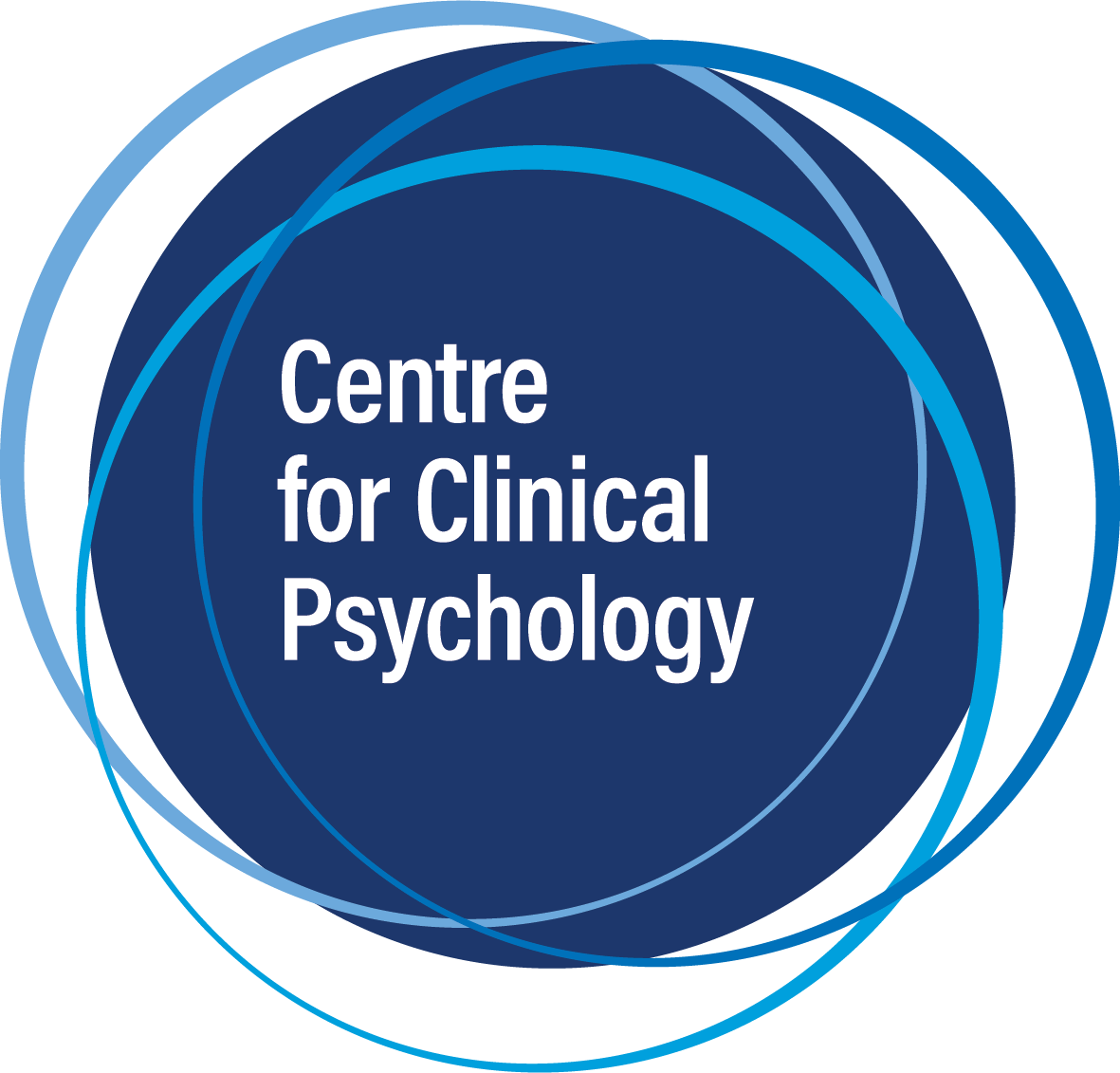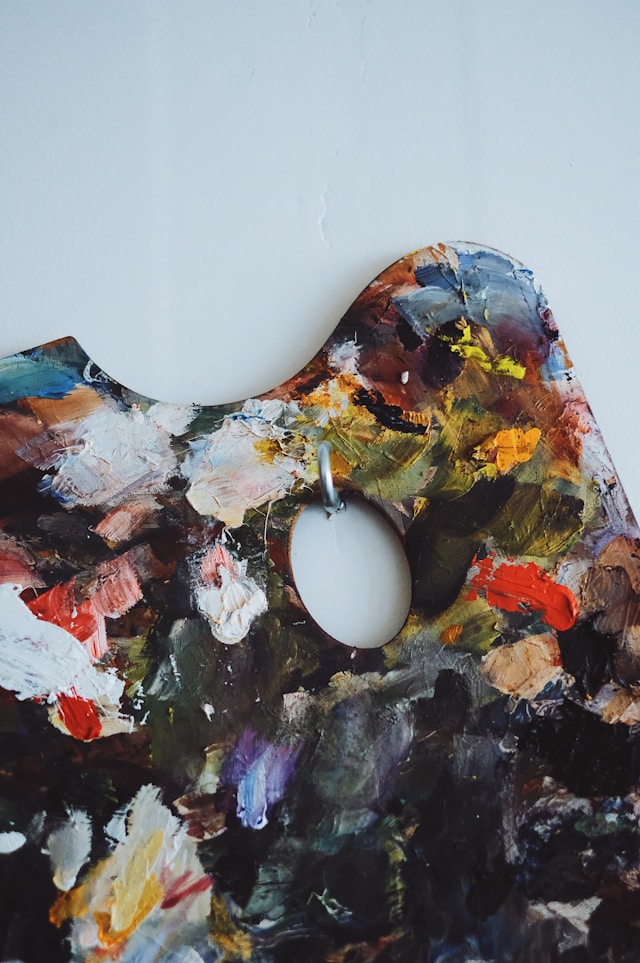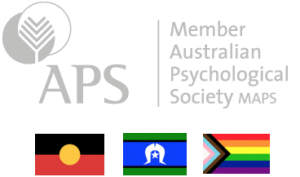Trauma affects each person differently, and the various ways this can manifest are documented across the web. Potential impact includes:
- Experiences of strong negative emotions, such as shame, guilt and anger.
- Changes in the trust we put in others and ourselves for instance, our own judgement, or expected reactions of others.
- Changes in our self-worth and the value of our work, including artistic practices.
Given the above, the connection between artistic endeavours, creative practice, and traumatic recovery is a topic that is often contemplated in the decision to engage with therapy. Some artists tell us that art is a vehicle of expression, invaluable in their healing journey from trauma. Other artists present in therapy because their creativity and artistic output is no longer where they want them to be, citing ways that life gets in the way, including through traumatic experiences. A few more present with fears that engaging in therapy, will change their artistic process and focus detrimentally. And a small number come with a desire to hold on to trauma, avoiding recovery, with the belief that they can only remain creative only if they are traumatised.
Artistic practices can change and shift throughout the healing process in both form, structure, and topic of focus. This may be interpreted as a positive artistic evolution or change from the familiar. Change may be a scary prospect for people who utilise their traumatic experiences as their main motivation to engage in creative processes1.
Trauma Recovery and Creativity
However, there is evidence to suggest that better psychological health (e.g., through trauma recovery) positively impacts artistic practices. People with better psychological health report higher levels of engagement with day-to-day creative activities2. Additionally, people who report more positive feelings in their day-to-day lives have a higher likelihood of engaging in artistic activities3. So, better mental health (including trauma recovery) seems to have a positive link with creative practice.
In relation to trauma, structured creative practices and art therapies are not effective for trauma recovery on their own, despite supporting the expression of negative emotions. They show modest effects across a variety of psychological difficulties associated with trauma4. These difficulties include anxiety and depression. Nevertheless, there is promising evidence5 that creative practices and art therapies enhance the effectiveness of established trauma treatments (e.g., Cognitive Processing Therapy; Trauma-Focused Cognitive Behavioural Therapy for youth populations) for trauma recovery (including PTSD related to combat trauma) when incorporated within these therapies5-6.
Summary
All in all, current evidence suggests that artistic and creative practices integrated within a formal trauma therapy treatment plan are likely to yield benefits for trauma recovery and creative expression. We do not have enough evidence supporting the idea that therapies focused on trauma recovery have a significant and enduring detrimental effect on artistic practices. They can change the way that people think about and engage with artistic and creative processes. Similarly artistic and creative practices can support trauma recovery – as tools to help move closer to a fulfilling life, heal from trauma, and possibly a new era of artistic and creative expression.
Your mental health is just as important as your physical health. If you’re struggling with a mental health issue, don’t hesitate to seek help. Book an appointment with our experienced psychologists at the Centre for Clinical Psychology in Melbourne by calling 03 9077 0122. We’re here to support you on your journey to better mental health.
References
- Forgeard, M. J., & Elstein, J. G. (2014). Advancing the clinical science of creativity. Frontiers in Psychology, 5, 613. https://doi.org/10.3389/fpsyg.2014.00613
- Richards R. (2007). Everyday creativity: our hidden potential. In Richards, R. (Eds), Everyday Creativity and New Views of Human Nature: Psychological, Social, and Spiritual Perspectives (pp., 25–53). Washington, DC: American Psychological Association.
- Silvia P. J., Beaty R. E., Nusbaum E. C., Eddington K. M., Levin-Aspenson H., Kwapil T. R. (2014). Everyday creativity in daily life: an experience-sampling study of “little c” creativity. Psychology of Aesthetics, Creativity, and the Arts, 8. 183–188 https://doi.org/10.1037/a0035722
- McMillan, J., Moo, A., Arora., R., & Costa, B. (2018). The clinical effectiveness and current practice of art therapy for trauma Evidence review. Institute for Safety, Compensation, and Recovery Research. Retrieved from : https://www.tac.vic.gov.au/__data/assets/pdf_file/0016/270232/Art-Therapy-2018-Full-Report.pdf
- Campbell, M., Decker, K. P., Kruk, K., & Deaver, S. P. (2016). Art Therapy and Cognitive Processing Therapy for Combat-Related PTSD: A Randomized Controlled Trial. Art therapy : Journal of the American Art Therapy Association, 33(4), 169–177. https://doi.org/10.1080/07421656.2016.1226643
- Morison, L., Simonds, L., & Stewart, S. J. F. (2021). Effectiveness of creative arts-based interventions for treating children and adolescents exposed to traumatic events: a systematic review of the quantitative evidence and meta-analysis. Arts & Health, 14(3), 237–262. https://doi.org/10.1080/17533015.2021.2009529



